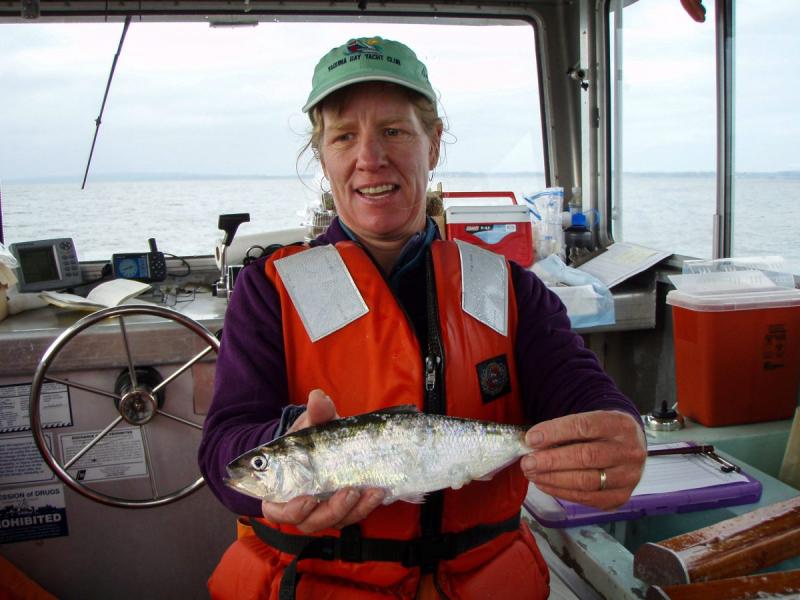A large marine heatwave that developed offshore has reached the coast of Oregon and Washington. It increases the potential for harmful algal blooms and other impacts on the coastal ecosystem and marine life in the coming weeks and months.
Large marine heatwaves have occupied the eastern north Pacific Ocean for much of 2023 but until now have remained far offshore. NOAA Fisheries and our partners are tracking a range of indicators for signs of the heatwave and its impacts. They could eventually combine with the expected impacts of an El Niño climate pattern taking shape in the tropics.
Tracking Marine Heatwaves
The California Current Marine Heatwave Tracker reflects the latest situation. The two NOAA Fisheries science centers on the West Coast developed the tracker following the large marine heatwave of 2014–2016, often called “The Blob.” It detects and monitors marine heatwaves that are increasingly present in the Pacific and could affect the West Coast.
“We now know more about marine heatwaves and how they affect the ocean,” said Andrew Leising of the Southwest Fisheries Science Center. “This can help us anticipate and look for ways to reduce the negative impacts they may have.”
For example, the arrival of marine heatwaves onshore has led to shellfish harvesting closures in previous years. Higher water temperatures lead to faster growth of certain algae that produce the neurotoxin, domoic acid. Early knowledge of such outbreaks can help managers take action to reduce risk to the public.
Monitoring Effects
NOAA Fisheries is now consulting partners and watching for signs of such impacts.
Harmful Algal Blooms
Researchers are working with the Northwest Association of Networked Ocean Observing Systems and the Olympic Region Harmful Algal Blooms partnership to detect any evidence of a harmful algal bloom in the coming weeks.
Fish Size and Abundance
Various surveys are monitoring the abundance of juvenile groundfish, including rockfish. Rockfish were recruited to the ecosystem in large numbers during the 2016 event. Science teams are also evaluating the growth of juvenile salmon and steelhead during their first months in the ocean. The warmer waters associated with marine heatwaves could slow that growth and reduce their survival during this critical time.
Habitat
The steep onshore-offshore temperature gradient could compress habitat in ways that species and fisheries, such as marine mammals, hake, rockfish, albacore, and salmon, could overlap and lead to bycatch concerns.
Different Than The Blob
While the current marine heatwave resembles some earlier events, it differs from what led to the Blob about a decade ago. Strong upwelling this spring has kept California coastal waters much cooler than they were leading up to the previous heatwave, and the broader north Pacific Ocean is also not as warm. The heat has also not lasted as long, which means it has not likely penetrated as deeply in the ocean as in 2014.
That suggests that California may not be directly affected by the marine heatwave in the next few months of summer. However, researchers expect that the emerging El Niño pattern will begin to influence the West Coast by the spring of 2024. That would add another strong source of warming which could increase impacts on the coastal ecosystem and marine life, particularly to the south, along the California Coast.
Long-term NOAA marine heatwave forecasts have predicted movement of the offshore marine heatwave toward the Pacific Northwest coast. The highest likelihood of marine heatwave conditions is predicted for spring 2024.
Ocean temperatures keep breaking records. The movement of the marine heatwave near the Northwest Coast comes as the world’s oceans are as warm as they have ever been since modern records began. While the emerging El Niño pattern contributes to the warming, the oceans also absorb much of the excess heat from climate change. The steady rise in ocean temperatures is causing unprecedented heat stress conditions in the Caribbean Basin, including waters surrounding Florida and the Gulf of Mexico.




